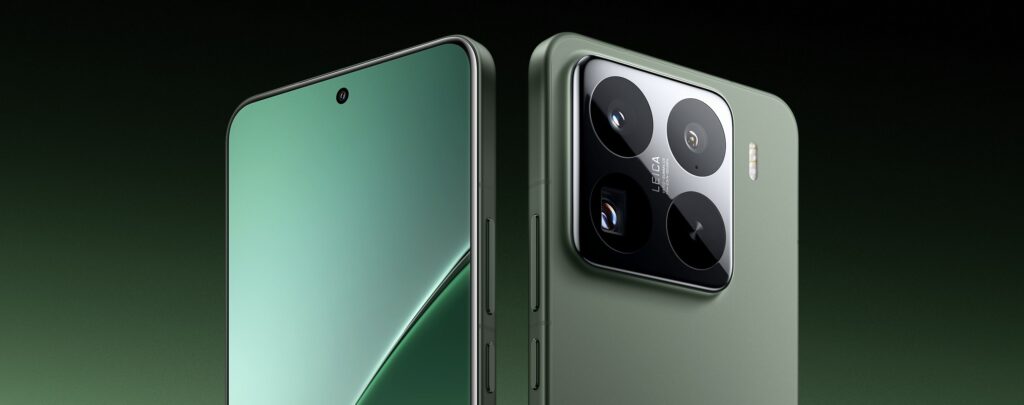
The xiaomi 15 series has made a stunning debut, presenting two powerful models: the xiaomi 15 and xiaomi 15 Pro. Both models are equipped with the flagship Snapdragon 8Elite processor and 3D ultrasonic fingerprint unlocking technology, delivering an unprecedented smooth experience. In terms of design, the xiaomi 15 series builds on the classic aesthetics while refining the details. The metal sandblasted quad-curved frame and the volcano-like transition of the camera module, without the Parisian nails, exude a refinement rivaling that of the iPhone.

For color options, the xiaomi 15 offers four standard hues: lilac, light green, white, and black, along with a bright silver, three diamond-limited editions, and 40 customizable colors, totaling 48 color schemes to cater to individual preferences. The xiaomi 15 Pro, on the other hand, features a selection of spruce green, rock gray, white, and bright silver, exuding a low-key luxury.
In terms of displays, the xiaomi 15 boasts a 6.36-inch FHD+ straight screen, while the xiaomi 15 Pro upgrades to a 6.73-inch 2K resolution full-depth quad-curved screen, elevating the visual experience. For photography, the xiaomi 15 Pro collaborates with Leica, incorporating a new ALD ultra-clear coating for enhanced clarity in backlight conditions. It is equipped with a 50MP main camera, an ultra-wide lens, and a periscope super-telephoto lens, similar to the one in the xiaomi 14 Ultra, supporting 5x optical zoom and 10x lossless zoom, showcasing impressive photographic capabilities.

Regarding battery life and charging, the xiaomi 15 houses a 5400mAh battery, while the xiaomi 15 Pro boasts an even larger 6100mAh battery. Both models support 90W wired fast charging and 50W wireless fast charging. In terms of communication, they feature the T1 signal enhancement chip, six mid-to-high frequency antennas, four low-frequency antennas, and an independent Bluetooth antenna, coupled with xiaomi’s Starry Sky offline communication technology, enabling calls over a 3.5km distance.
The xiaomi 15 series also debuts the new Pengpai OS 2.0, integrating AI-powered features such as writing, voice recognition, subtitles, and creative drawing. With ultrasonic under-screen fingerprint recognition, NFC functionality, and IP68 dust and water resistance, it comprehensively enhances the user experience.

What are ESD components, and what is their importance in mobile phones? The significance of built-in ESD components.
ESD components are specialized electronic components designed to protect electronic devices from the effects of electrostatic discharge (ESD). Electrostatic discharge is a sudden release of electrical charge that can potentially damage electronic devices, leading to device malfunctions or a shortened lifespan. ESD components are designed to absorb, conduct, or dissipate electrostatic discharges to prevent damage caused by static electricity.
In mobile phones, the primary role of ESD components is to protect the internal electronic components from the harm caused by electrostatic discharge. Various circuits and components inside the phone are highly sensitive to ESD, which is why multiple ESD components are typically used in the phone’s design to provide protection. These components may include diodes, ESD diode, MOSFET and more.
Specifically, ESD components in a mobile phone may serve the following purposes:
Interface Protection: Various interfaces of the phone, such as the charging port and headphone jack, may require ESD components to prevent damage from electrostatic discharge.
RF Circuit Protection: RF circuits in mobile phones are highly sensitive to ESD and require ESD components to safeguard these critical circuits.
Processor and Memory Protection: Processors, memory, and other crucial components in the phone also require ESD protection to ensure the device’s normal operation.
Touchscreen and Display Protection: The touchscreen and display are integral parts of a mobile phone that also require ESD components to prevent static electricity damage.
In summary, ESD components play a crucial role in protecting the internal electronic components of a mobile phone from damage caused by electrostatic discharge, ensuring the phone’s proper operation and longevity.